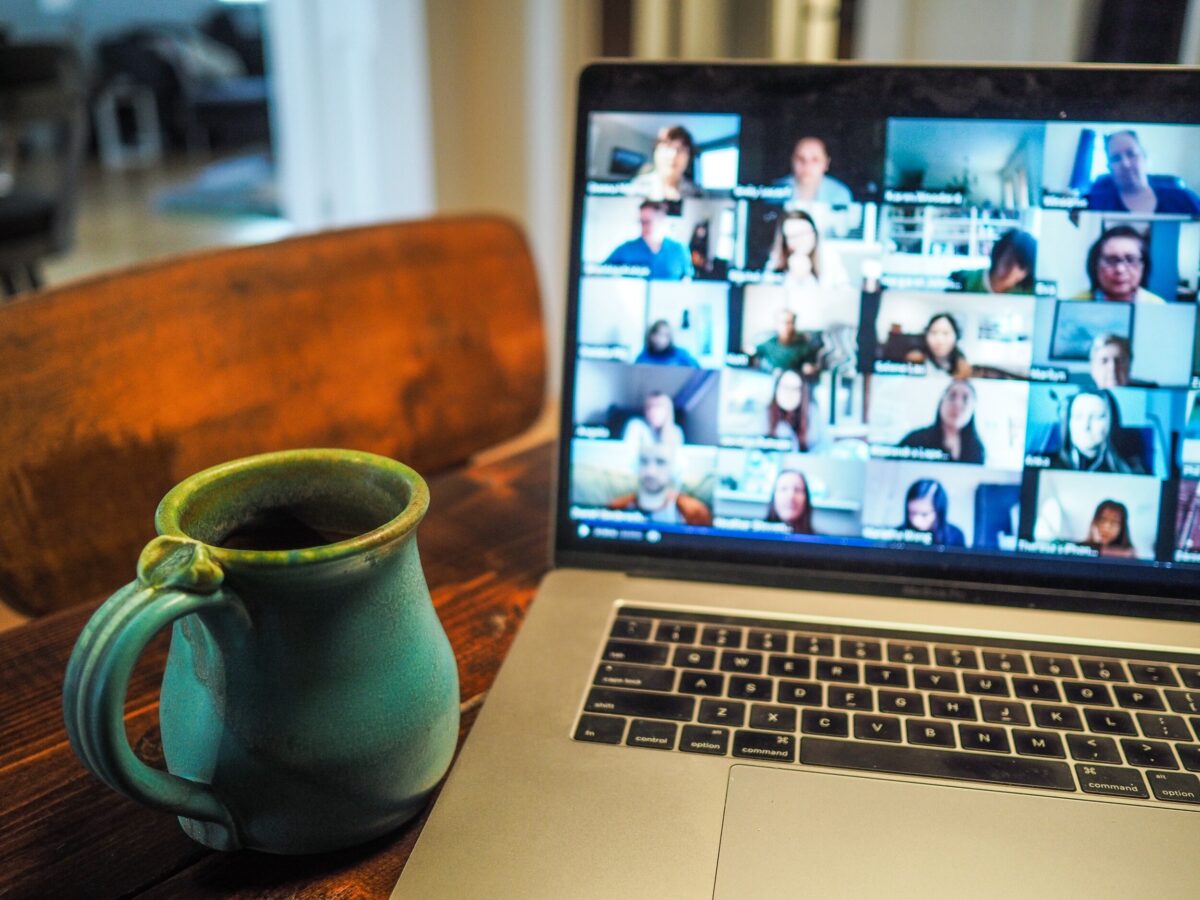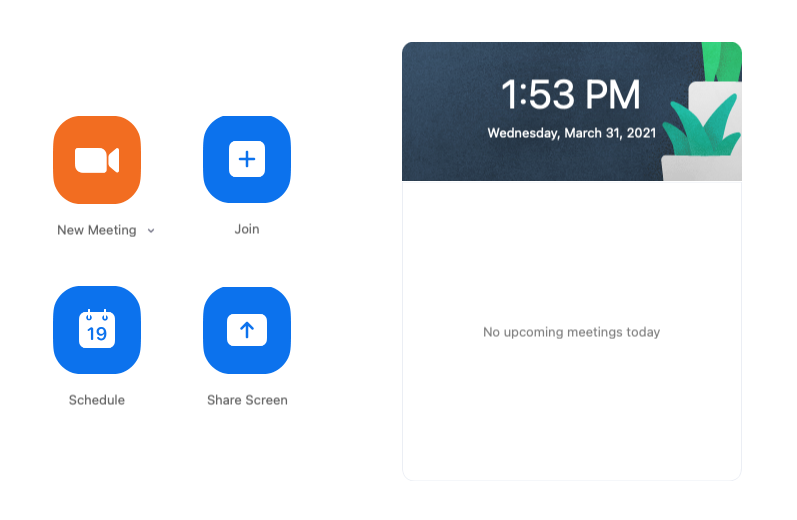My client shook her head. “They just don’t get it.”
It’s something that I hear a lot from leaders (and something that I catch myself thinking, too).
“They just don’t get it.”
It’s a deeply human belief. We experience our own thought processes and believe our conclusions. So, when someone doesn’t agree with us, it’s easy to think that they’re wrong.
In fact, my client (an HR business partner) was dealing with the R-word: Resistance. And, like a lot of leaders, she saw it as something to be overcome.
She was struggling to convince a group of her peers to buy into a small piece of digital transformation.
“Our system for hiring contractors is a mess,” she lamented. “Different departments have different requirements around confidentiality and different contract structures. We don’t have a central place to store these contracts or even see how many contractors a given department has.
“I’ve spent a lot of time on how inefficient our system is. For example, every contract basically lives in email. So, when a leader transitions to a new role or leaves the company, we have to sift through years of email to figure out their outstanding contractor relationships. We’ve even had contractors take advantage of this gap by slyly renegotiating their terms with a leader’s successor. Obviously, we don’t work with those people anymore.
“We’re not even talking about the money; leaders hire contractors out of their own budgets. It’s just about getting some kind of rational system in place so that every department doesn’t have to reinvent the wheel.”
My client even had a technological solution in mind. It would be almost trivial to implement. And it wasn’t even that important of a problem. But it was emblematic of her struggle to contribute to the chief people officer’s push for digital transformation.
“This affects everybody’s departments. HR is on board. So are the CTO and people in other departments. It’s uncontroversial. But we can’t seem to get it done.
“If we can’t even take this small step, how can we expect to go after bigger things, like streamlining our hiring and promotion process?”
She assumed that people were resisting because they didn’t get it. So, she threw data at the problem: case studies. Examples of overspending and contracting chaos that could have easily been prevented. And a strong case for the return on investment.
But what my client missed—and what’s easy for a lot of leaders to miss—is that resistance comes in many flavors. What seems like people not “getting it” is often an expression of something deeper.
In my work, I draw on a model from Rick Maurer to help leaders work skillfully with resistance. This model divides resistance into three levels:
1. I don’t get it.
2. I don’t like it.
3. I don’t like (or trust) you!
It’s true: people may not get it. Most of us are very comfortable working at this level. We throw more data at others to try and convince them that we’re seeing the problem clearly. But that’s often not the whole story.
Repeated requests for more data can mask something else, a deeper type of resistance: people may not like your idea. It may require them to change or give up control. It may even threaten something deeper, like their professional identity. This came up recently with a team of lawyers I was working with. They were being asked to step away from their subject matter expertise to develop a system that could help them work better together.
Also, people may not trust you. Often this isn’t about you personally but about your role. One of my clients described this as “I’m from corporate, and I’m here to help.” A history of ill-handled changes, imposed from a central source, can engender (very justified) feelings of resistance.
Identifying these levels of resistance presents a whole new way of skillfully working with change. After talking it over with me, my client realized that people might not have liked what she was trying to do, even though it supported her boss’s and the CEO’s efforts.
So, she got curious. She started to engage with her peers by asking them a simple question: “What don’t you like about the system we’re thinking about setting up?”
What she heard was both obvious and insightful: senior leaders at her company liked the idea of a system to manage contractors better. But they were worried about imposing too much bureaucracy. As the head of manufacturing put it, “Sometimes I have an urgent technical problem. I have a consultant that I know can solve it. And I have the budget for it. I don’t want to be hamstrung by weeks of negotiation around unnecessary contract terms that are imposed by HR. That could cost me a fortune in inefficiency and downtime.”
Now that was something my client could engage with. As the importance of speed became clearer to the businesses she was supporting, my client made that the primary goal of the new approach to contracting. Working with legal, her team even created “one click” contracts: below a certain dollar value, managers could generate a contract by checking a set of boxes and the contractor, in one click, could sign it.
In learning what was important—and in honoring what she learned—my client converted one of her project’s biggest detractors into an early adopter who is even advocating to his peers.
So, what’s next? As you work on an important problem, instead of trying to overcome resistance, get curious. Download this handy diagram, and pencil in resistance on the diagram where it fits best. This can help guide you to engage more effectively on the parts of your problem that matter to others.
* * *
Want to get these articles in your inbox? Subscribe here to join the conversation and download a sample from Meltdown.



 Inform without Zoom
Inform without Zoom